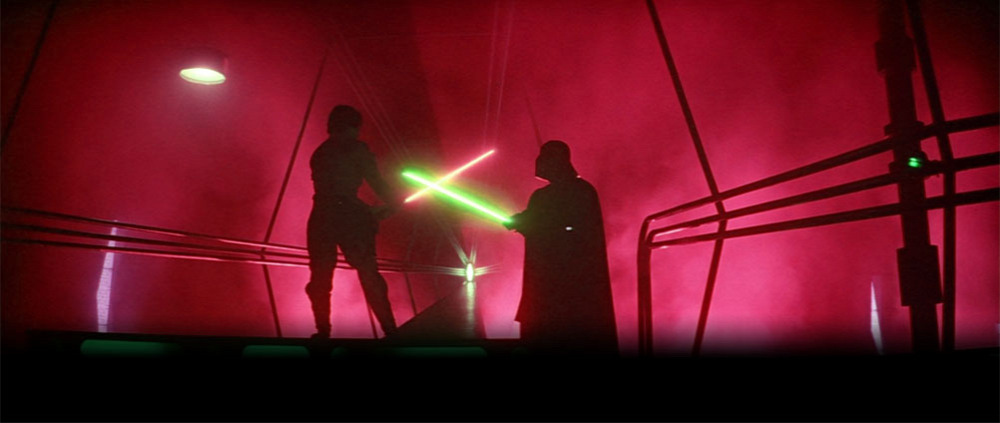As shown below. As shown below:Principle of spring brake The rotor is installed on the motor shaft through the rotor hub, and the stator or plate is fixed on the motor end cover. The maximum working speed of permanent magnet brake can reach 10000rpm, and the maximum working speed of spring type is about 5000rpm; 4. Motor brakes generally have spring type and permanent magnet type.Those who are familiar with stepping motors know that the stepping motor itself has a holding torque, so the holding torque of the motor can be used to lock the motor when it is energized, which is equivalent to a brake.
The motor brake developed and produced by Kaixin Motor realizes self-locking after power failure. Compare spring type and permanent magnet brake: 1. The wound coil is placed in the stator and is epoxy potted. The spring brake has backlash, and the permanent magnet brake has no backlash, good consistency and reliable installation; 2. It can be a power-on brake or a power-off brake, but a power-off brake The more commonly used. Ventilation fan motor The structure of permanent magnet brake The structure of permanent magnet brake is shown in the figure below, which is mainly composed of two parts: stator and rotor. Structure of spring brake The spring-type motor brake structure is mainly composed of a stator and a rotor.
After the stator enameled wire is energized, the magnetic field formed is opposite to the magnetic field of the permanent magnet, the magnetic circuit is offset, the rotor armature is released, and it can rotate freely; when the stator coil is de-energized, only the permanent magnet remains in the stator to form a single magnetic circuit. When the coil of the brake is energized, the coil generates a magnetic field, and the armature is attracted to the yoke by the magnetic force, and the armature is separated from the brake disc. The rotor is made of specific friction-resistant materials. Spring brakes are more cost-effective.
Principle of permanent magnet brake The permanent magnet brake rotor is installed on the motor shaft through the rotor shaft sleeve; the armature is placed on the rotor aluminum plate; the armature and the aluminum plate are assembled through riveting and other processes, and a spring is sandwiched between them. However, if the holding torque of the stepper motor is not large enough, a greater locking torque is required, or the stepper motor loses the holding torque after a power failure, and the brake needs to be maintained, then you can consider matching with a brake, which is what we usually call Brakes.
The stator is mainly composed of stator base bracket, permanent magnet, skeleton, enameled wire, epoxy potting compound, and friction function surface. It is suitable for vertical power or swing joints and is widely used in application environments that need to prevent danger.

